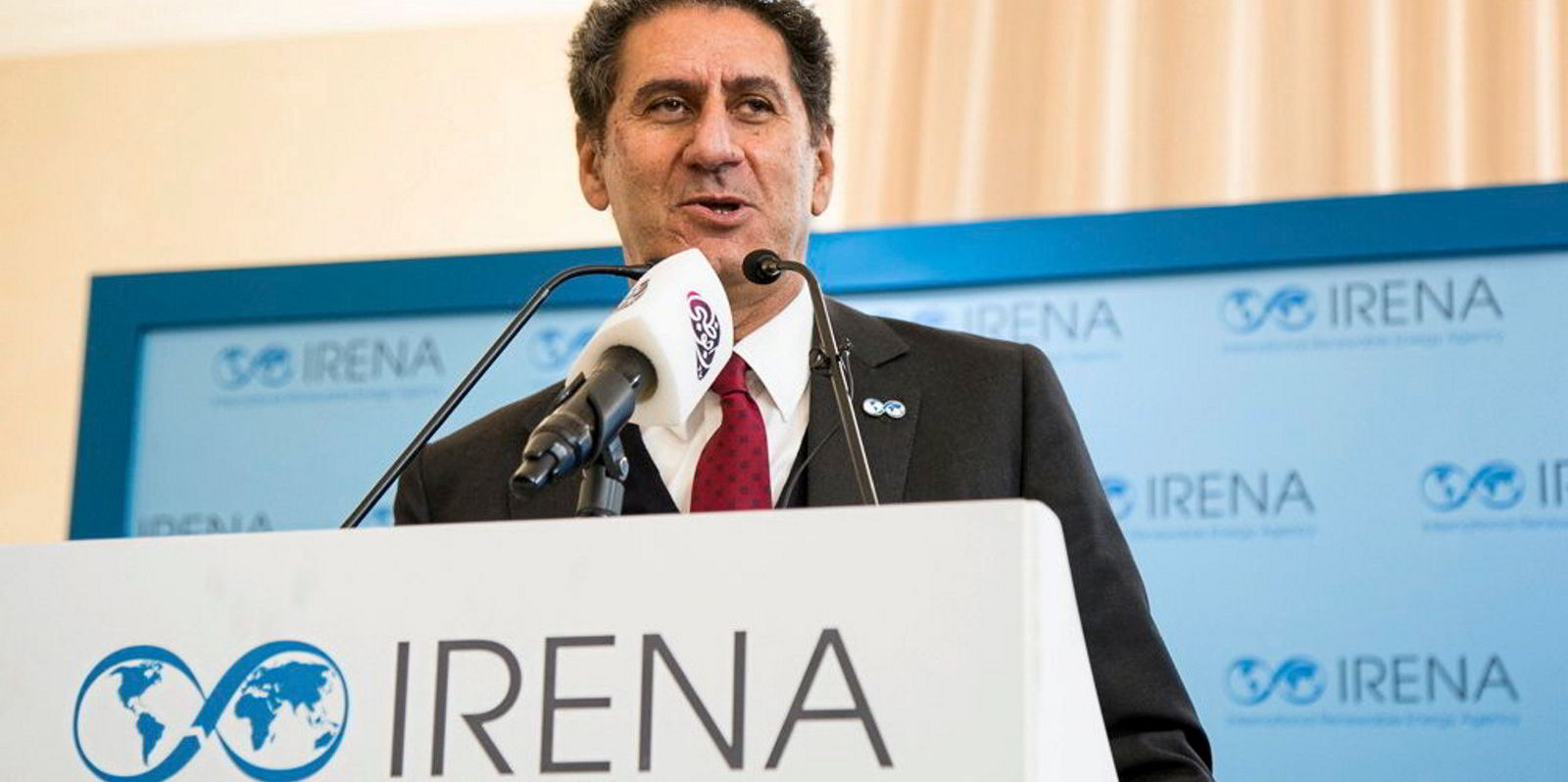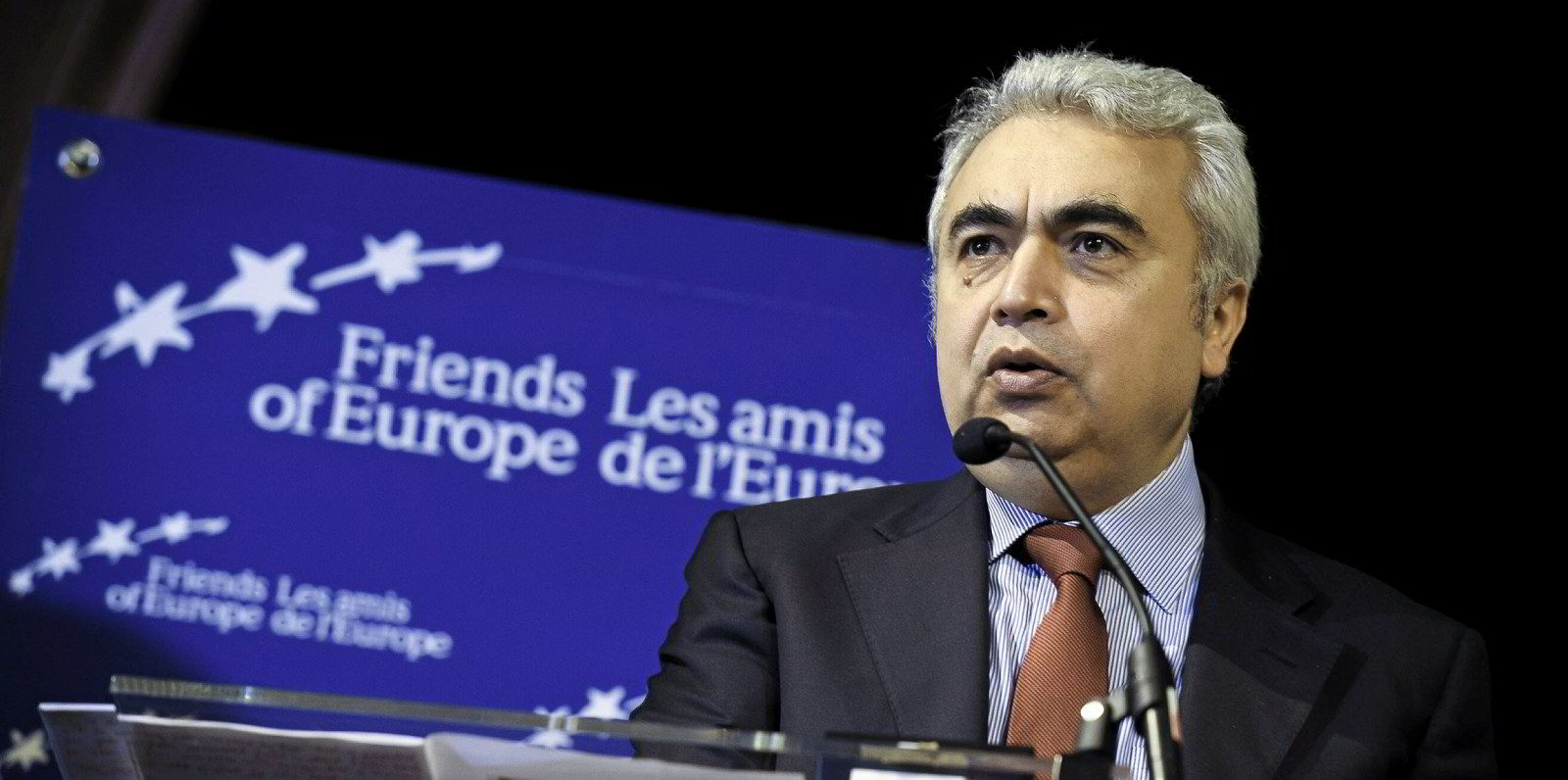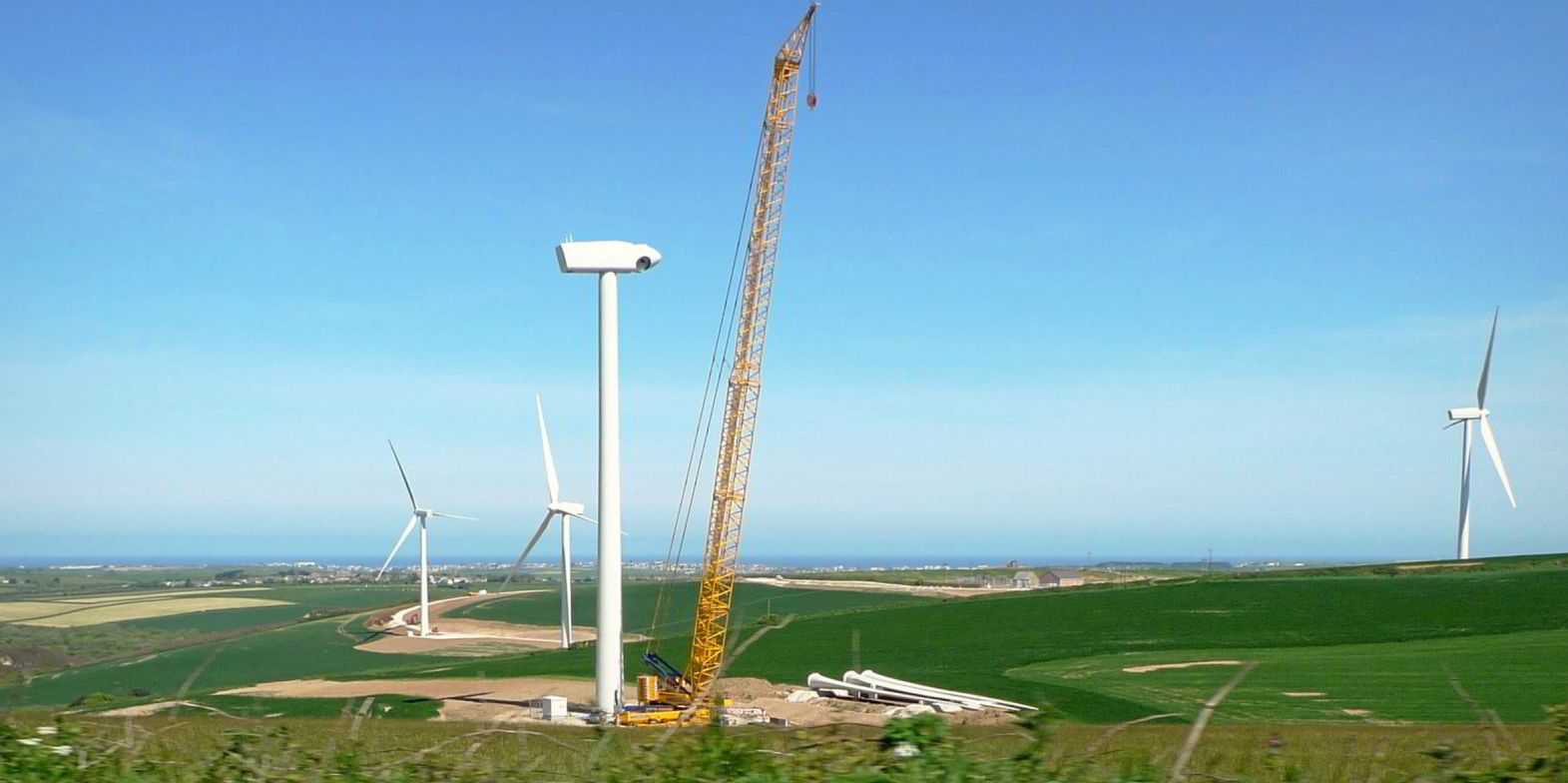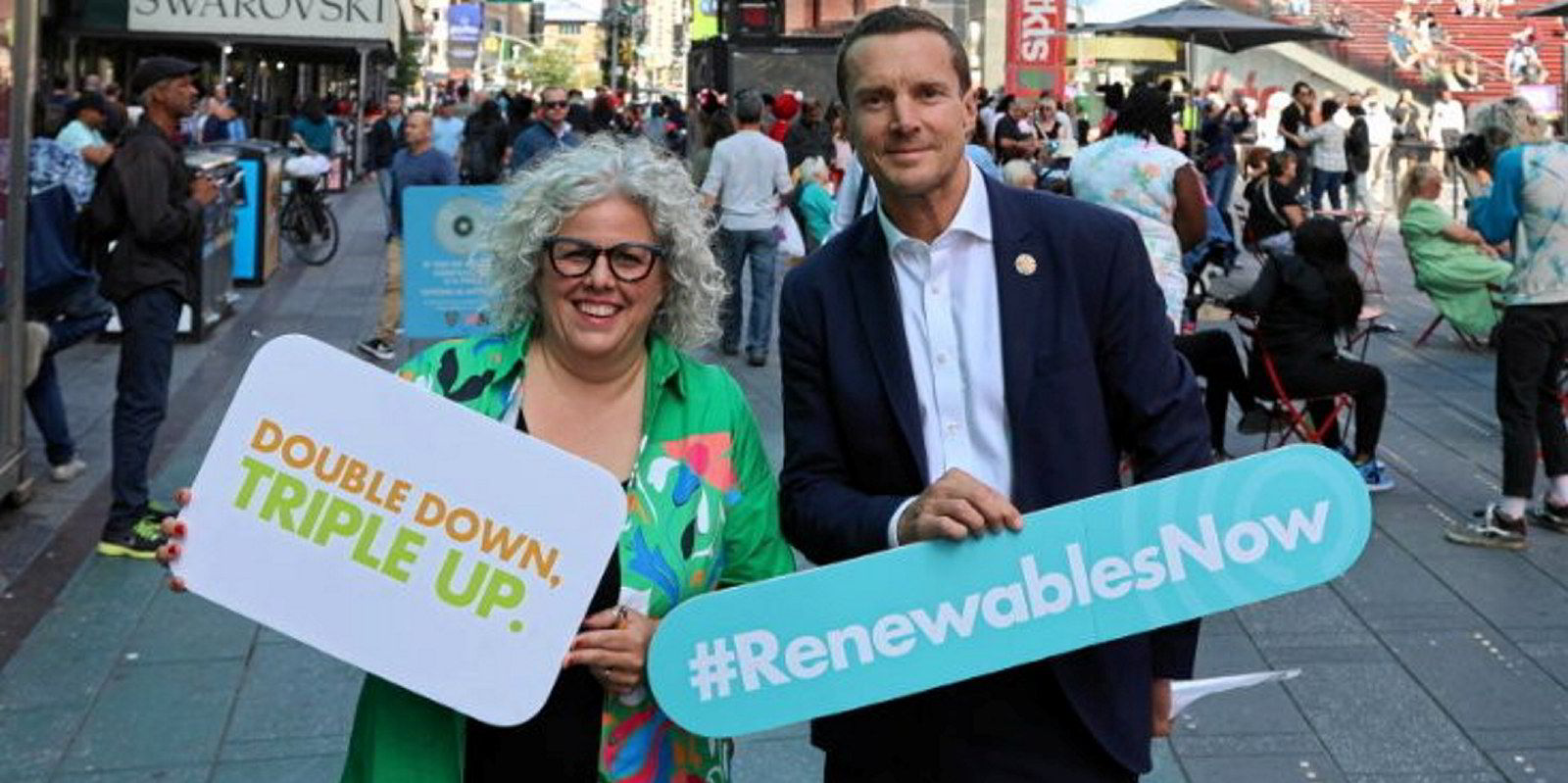Countries added record levels of green power last year but progress remains uneven and off the pace needed to hit the global goal of tripling capacity by the end of the decade, according to a new report by the International Renewable Energy Agency (Irena).
Renewables deployment hit 473GW last year, taking global capacity to 3.87TW, UAE-headquartered Irena found in its latest report.
But it warned this growth is “unevenly distributed across the world” and remains “far from the tripling renewable power target” that was set by global leaders last year at the COP28 climate summit in Dubai.
Renewables expansion was led once again by Asia, with a 69% share (326GW), and in particular by China, whose capacity increased by 63%, reaching 298GW.
This reflects a “glaring gap” with other regions, said Irena, “leaving a vast majority of developing countries behind, despite massive economic and development needs.”
Growth in Africa “paled in comparison,” with an increase of 4.6%, reaching a total capacity of 62GW.
Irena Director-General, Francesco La Camera, hailed the “extraordinary surge” in renewables capacity but warned the data “serves as a telltale sign that progress is not moving fast enough to add the required 7.2TW of renewable power within the next seven years.”
The world needs to add 7.2TW of renewables to hit 11TW of capacity by 2030, which the tripling target entails.
“Policy interventions and a global course correction are urgently needed to effectively overcome structural barriers and create local value in emerging market and developing economies, many of which are still left behind in this progress,” said La Camera.
“The patterns of concentration in both geography and technology threaten to intensify the decarbonisation divide and pose a significant risk to achieving the tripling target.”
For China, Irena found solar and wind’s “increasing competitiveness against coal and gas power generation became the key driver of renewable power development.”
“In the EU, enhanced policy focus and heightened energy security concerns have become the main catalysts for the rapid growth, apart from the increasing cost-competitiveness of renewables against fossil fuel alternatives.”
Other regions that saw a “significant expansion” were the Middle East at 16.6% increase and Oceania at 9.4% increase.
Solar power continues to “dominate” renewables growth, accounting for 73% of the total last year, reaching 1.4TW.
Wind power followed with a 24% share of the renewable expansion, but hit a significant milestone as global capacity reached 1TW. China and the US dominated wind power growth.
Irena said a “massive scaling up of financing and strong international collaboration" is needed to speed up the energy transition sufficiently to hit targets.
A recent report by Berlin-based think tank Climate Analytics found that tripling renewables by 2030 will require doubling current spending levels to hit $2tn of investment each year.





